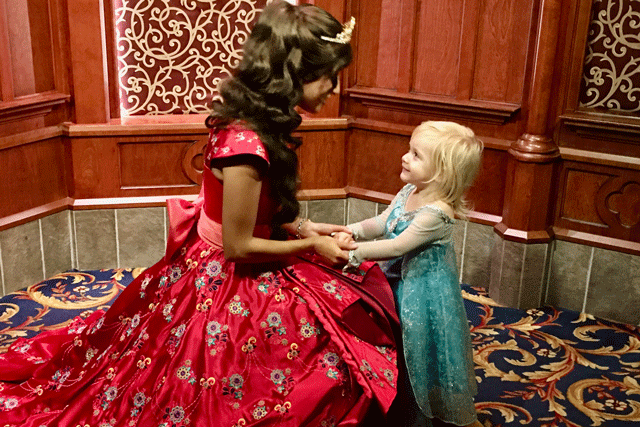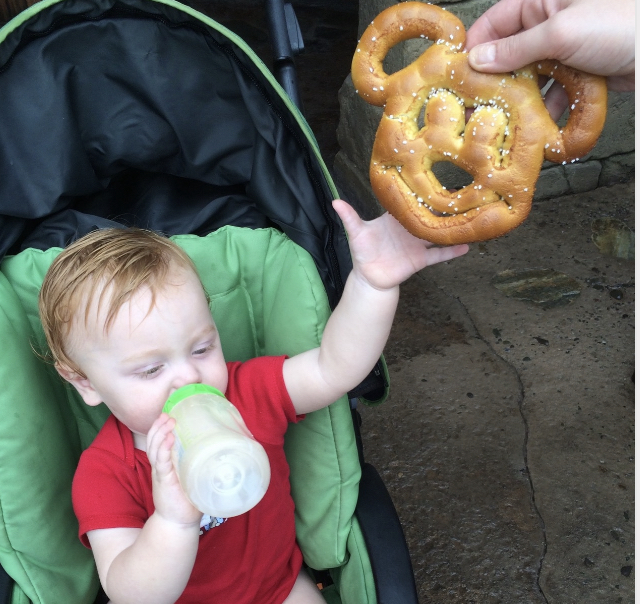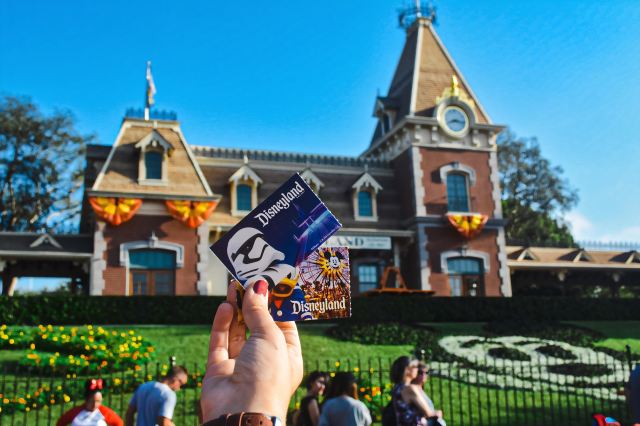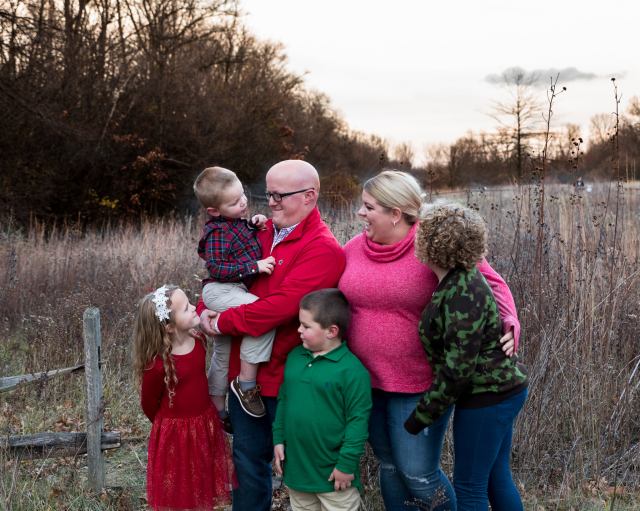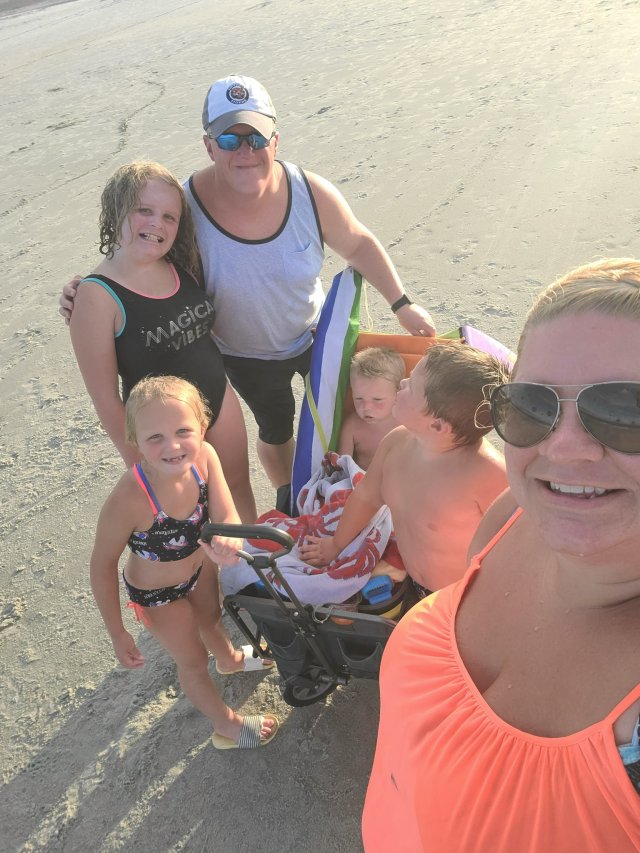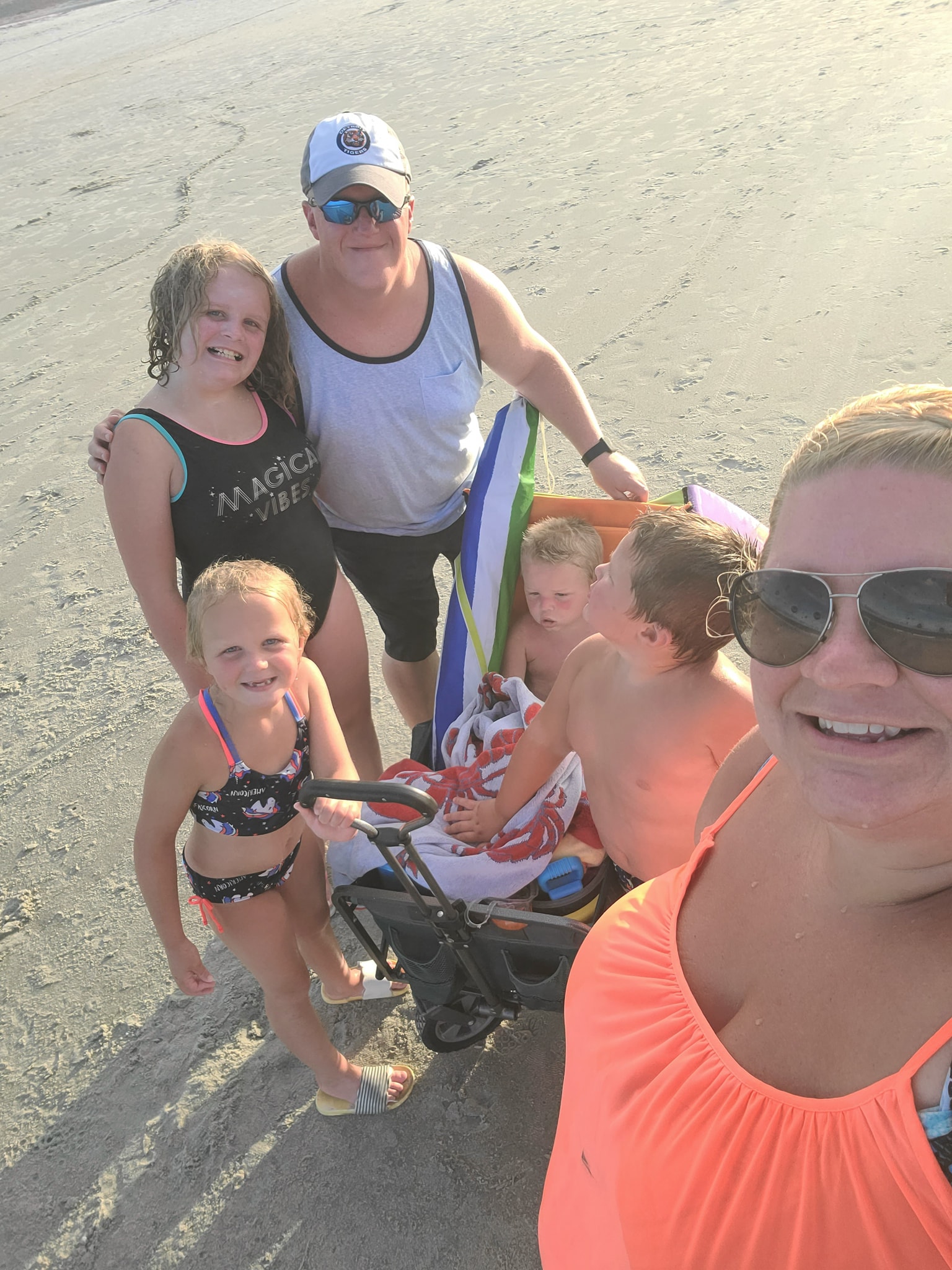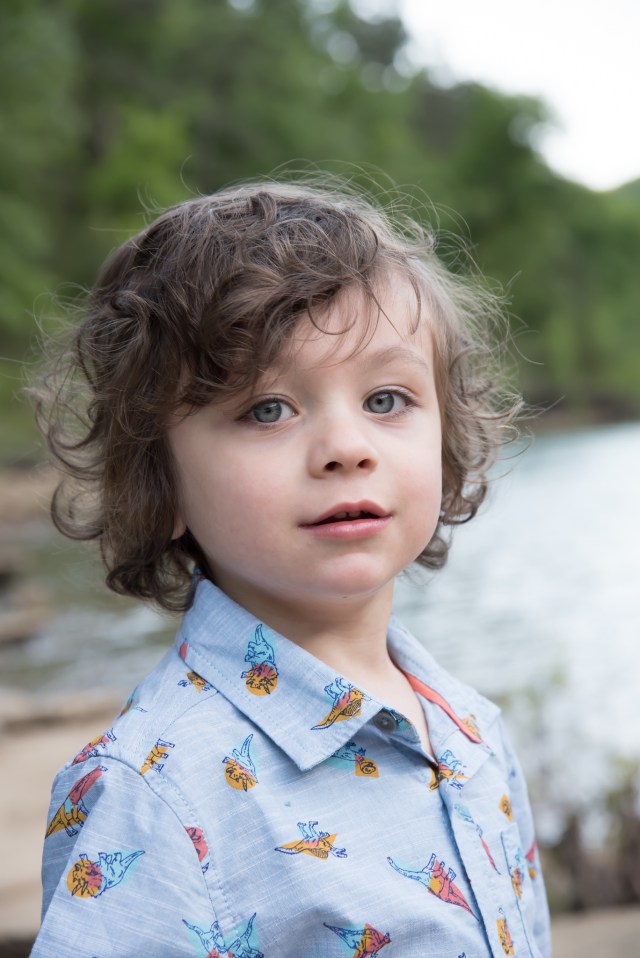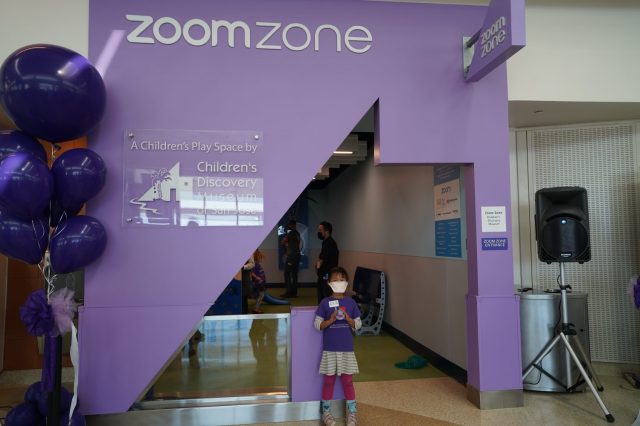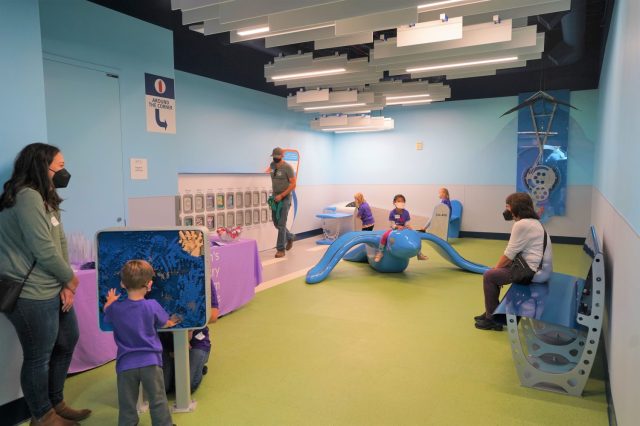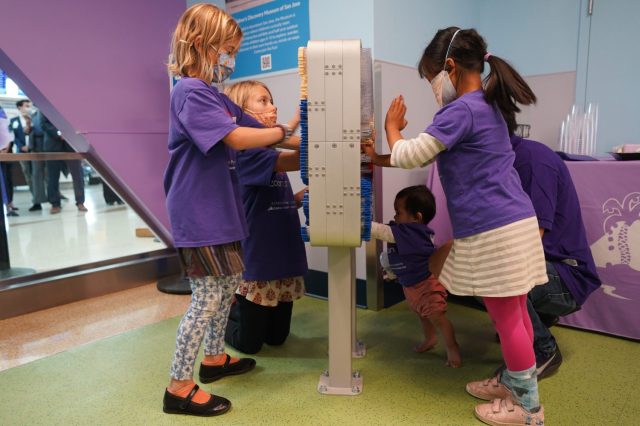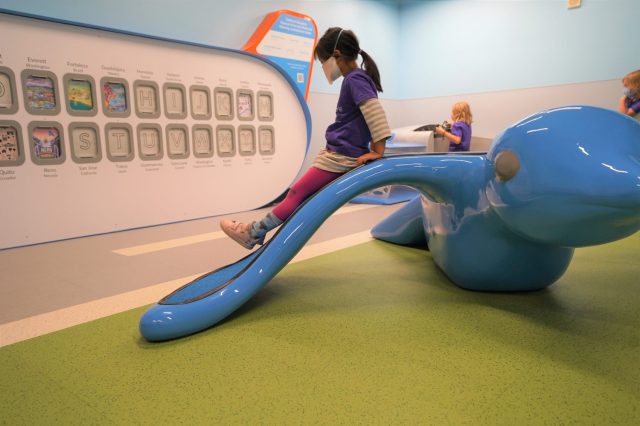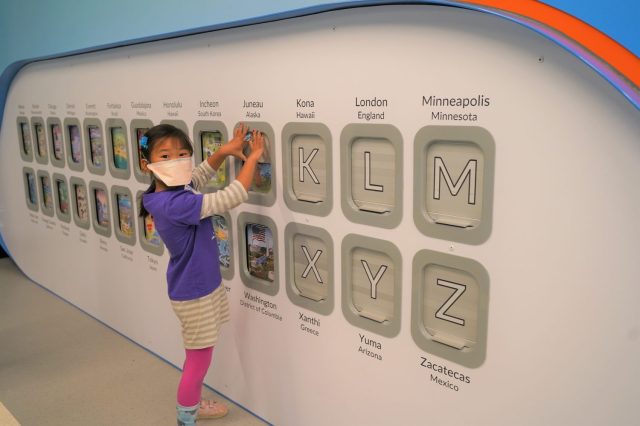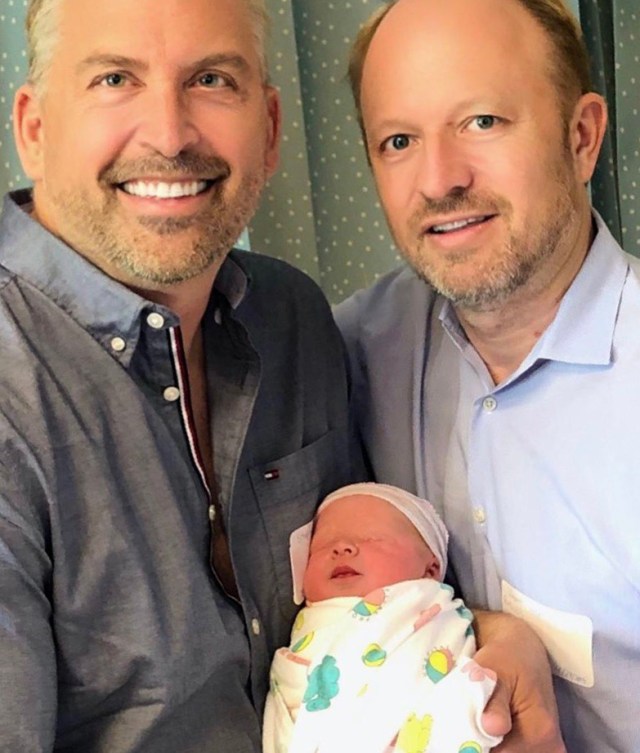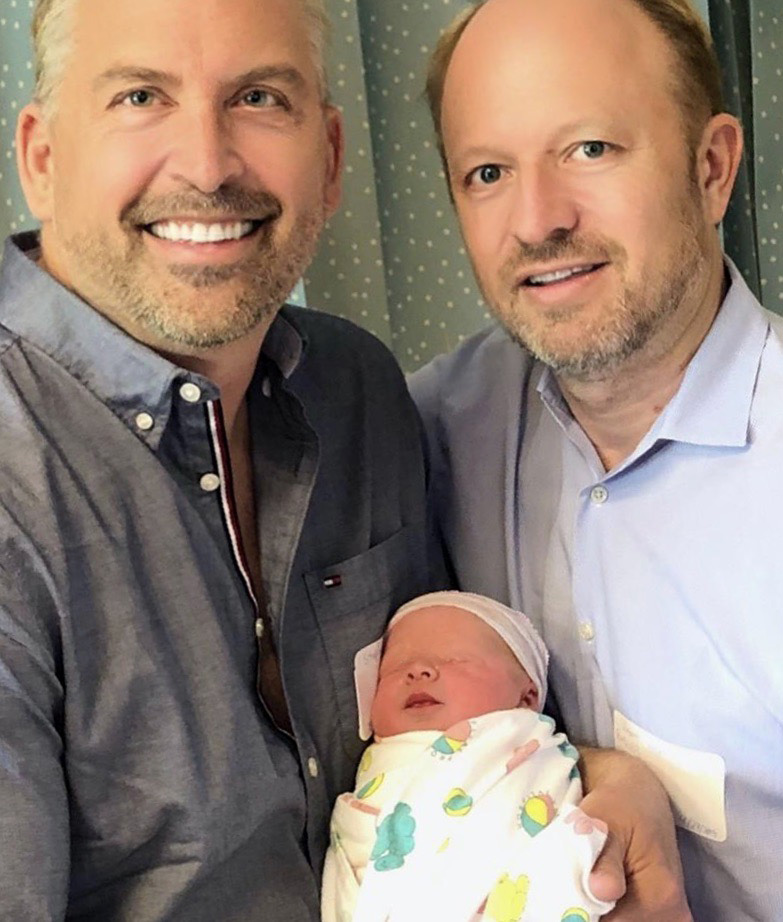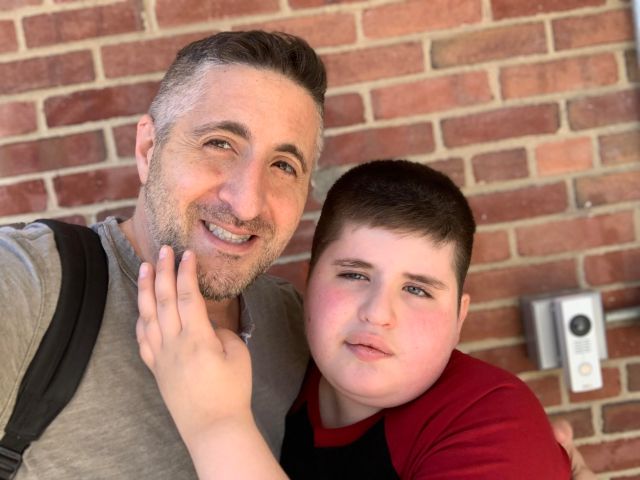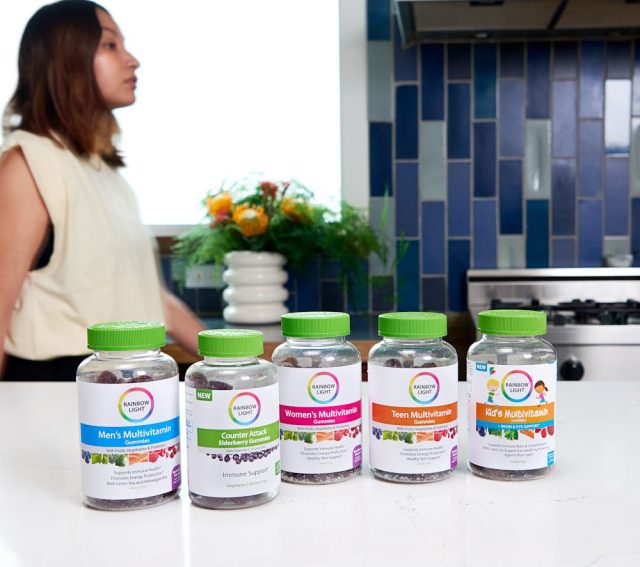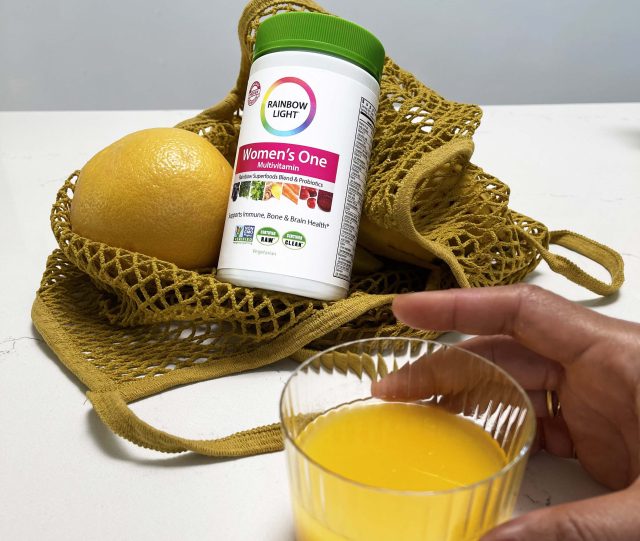People born in April are either Aries or Taurus
For those of us living in the Northern Hemisphere, April is a happy month of beginnings: the start of springtime and the restarting of the zodiac cycle, which begins with Aries. For those with an April birthday, longer days and the renewal of seasons have imbued April babies with bubbly personalities and positive outlooks. Here are some other fun facts (like what’s April’s birthstone) and traits of people born in April, the fourth of the year.
They’re born in the middle of the pack
April babies are usually neither the youngest nor the oldest students in their class, neatly fitting in the middle of the school calendar. A study from the University of Exeter found that first-time moms were more likely to attempt to plan their delivery dates for the spring.
Aries are natural-born leaders
If you know someone born under the sign of Aries, (March 21 – April 19) you’ll know that thanks to their ambitious and tenacious natures, people born in April tend to be leaders. They can be innately stubborn and bossy—a potent combination (when used right) that can lead to people born in April to achieving their goals.
April’s birthstone is one the rarest of all—the diamond
When worn, the diamond is thought to increase the wearer’s inner strength. One of the hardest materials on the planet, April’s birthstone is also the symbol of eternal love and is one of the most popular gems to give as a gift. In the middle ages, the diamond was thought to have healing powers.
Your BFF is probably born in April
Passionate and caring, those born in under the sign of Taurus (April 20 – May 20) are steadfast, making loyal and generous friends. But be forewarned: April babies can be chatterboxes who love attention and can sometimes want to hog the spotlight.
People born in April can be emotional
Aries babies are known to be passionate, fiery, and impatient, which means they tend to wear their emotions on their sleeves. The good news is, this makes them wonderful friends because they bring all that passion to every relationship in life.
April babies are fearless risk-takers
Aries is the most fearless sign of them all. This means there’s a good chance your baby born in April will be enthusiastic about everything they do and be unafraid of taking risks. That’s great news if you’re a parent who doesn’t like to stay still because April babies are feisty and possess seemingly boundless energy.
People born in April are hard workers and love routine
Those who are born under the sign of Taurus tend to be hard workers—they’re not afraid to roll up their sleeves and get the job done, already. They’re also a huge fan of consistency, so don’t be surprised if your April baby thrives on a routine (aka, don’t EVER skip the nap).
They share their birthday month with these celebrities born in April
Plenty of famous people have April birthdays, including Michael Fassbender, Pedro Pascal, Robert Downey Jr., Natasha Lyonne, Pharrell Williams, Elle Fanning, Samira Wiley, Chance the Rapper, Jennifer Garner, and Tim Curry. Notable (fictional) characters born in April include animated smart-aleck Bart Simpson (born April 1, 1979) and heavyweight boxer Rocky Balboa (born April 6, 1946).









